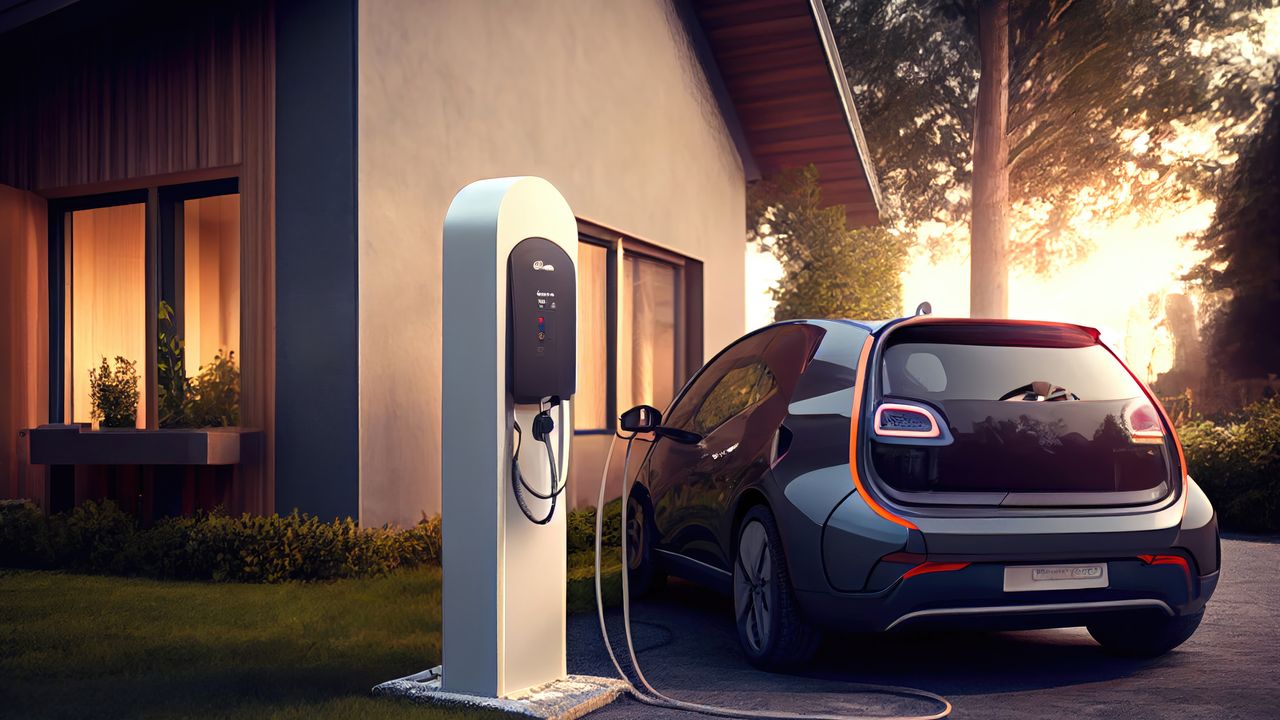EV Charging Session Monitoring: Enhancing Efficiency and Flexibility
As the adoption of electric vehicles (EVs) continues to rise, the demand for efficient and reliable charging infrastructure becomes increasingly crucial. EV charging session monitoring plays a vital role in optimizing charging processes, managing charging session demand response, and ensuring the overall reliability of the charging network. This article explores the significance of monitoring EV charging sessions, focusing on charging session demand response, charging session charging profiles, and real-time monitoring.
Charging Session Demand Response
Charging session demand response refers to the ability to manage and control the charging load on the grid during peak demand periods. By monitoring EV charging sessions in real-time, operators can implement demand response strategies to balance the load and prevent grid overload. This not only helps to ensure a stable and reliable power supply but also minimizes the strain on the grid infrastructure.
Through charging session demand response, operators can incentivize EV owners to adjust their charging behavior, such as charging during off-peak hours or reducing charging power during peak times. This can be achieved by providing dynamic pricing schemes or offering rewards for participating in demand response programs. By actively managing the charging load, operators can optimize the utilization of available resources and promote a more sustainable and efficient charging ecosystem.
Charging Session Charging Profiles
Charging session charging profiles refer to the detailed information about an EV’s charging behavior during a charging session. This includes data such as charging power, charging duration, and energy consumption. Monitoring and analyzing charging profiles provide valuable insights into the charging patterns of EV owners, enabling operators to optimize charging infrastructure planning and design.
By understanding the charging profiles of EV users, operators can identify peak charging periods, predict future charging demands, and allocate resources accordingly. This data-driven approach helps in avoiding grid congestion, optimizing charging station utilization, and reducing waiting times for EV owners. Additionally, charging session charging profiles can aid in the development of personalized charging plans for EV users, considering their specific needs and preferences.
Charging Session Real-Time Monitoring
Real-time monitoring of EV charging sessions allows operators to track and manage the charging process as it happens. This level of monitoring ensures the reliability and safety of the charging infrastructure, as any potential issues or malfunctions can be detected and addressed promptly. Operators can receive alerts and notifications in real-time, enabling them to take immediate action to resolve any charging-related problems.
Furthermore, real-time monitoring provides transparency and accountability in the charging ecosystem. EV owners can track their charging sessions, monitor energy consumption, and access charging session data for billing and reimbursement purposes. This fosters trust between operators and EV users, promoting a positive charging experience and encouraging further adoption of electric vehicles.
Conclusion
EV charging session monitoring plays a pivotal role in enhancing the efficiency and flexibility of the charging infrastructure. By implementing charging session demand response strategies, operators can balance the load on the grid and ensure a stable power supply. Charging session charging profiles provide valuable insights for optimizing resource allocation and personalized charging plans. Real-time monitoring enables prompt detection and resolution of charging-related issues, promoting reliability and transparency in the charging ecosystem. As the EV market continues to grow, investing in robust monitoring systems is essential to meet the evolving needs of EV owners and maximize the potential of electric mobility.
